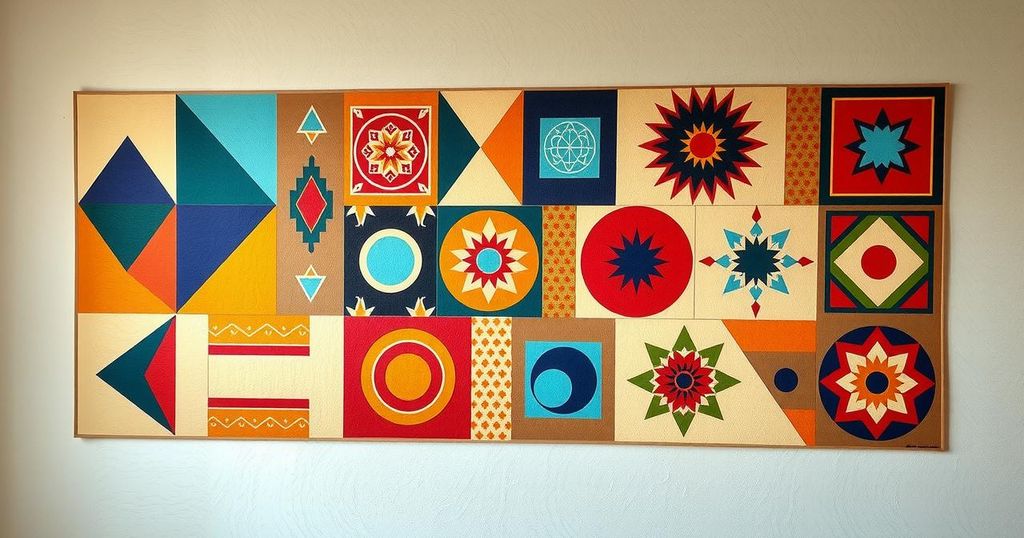Iran’s Armed Nationalists Challenge Islamic Republic Amid Rising Dissent
On March 8, four Iranian men engaged in an armed rebellion against security forces in a live Instagram broadcast, culminating in the tragic suicide of one dissident, Abol Korkor. The clash underscores a rising nationalist sentiment as public dissatisfaction with the Islamic Republic grows, pushing some individuals towards violent resistance. Recent polls reflect overwhelming discontent, indicating a shift from calls for reform to demands for regime change.
On March 8, a rare standoff occurred in Iran when four men armed themselves against security forces, broadcasting the incident live on Instagram. The footage showed the forces using tear gas and gunfire outside the residence where the men sought shelter. Despite one individual expressing a desire to surrender, authorities intensified their assault, culminating in Abol Korkor taking his own life, proclaiming, “I have no other choice, goodbye, Iran.”
Three other individuals, Sohrab Ahmadi, Hossein Mehri, and Reza Abdollahzadeh, were present during the clash. Following the incident, regime-affiliated Fars News released footage of Mehri and Abdollahzadeh, who were hospitalized, while Ahmadi was notably absent, raising concerns about his fate during the confrontation. Reports suggest he may have died in custody or in battle.
The Iranian regime has a history of forcing confessions from political prisoners, often falsely portraying them as foreign agents. In Korkor’s case, authorities claimed that he had a criminal background. This group of nationalists had previously mobilized anti-regime protests in the Khuzestan province, most notably during the 2019 and 2022 uprisings. Sources revealed that Korkor had been sought by authorities since the last uprising, eventually traced via his cellphone, a tactic that echoes the regime’s oppressive methods.
Following the violence, the Iranian government reinforced troops in Izeh and restricted internet access, strategies often employed during unrest. Notably, Korkor and his group displayed nationalistic symbols, contrasting the Islamic Republic’s imagery. As they armed themselves, Korkor defiantly shouted, “To hell with your Islamic Republic,” urging fellow Iranians to rise against the government.
This incident marks a divergence from historical armed confrontations, which have typically been led by sectarian separatist factions. The recent clash appears more unified and nationalistic, indicating a potential shift in the nature of resistance against the Islamic Republic.
Public sentiment has increasingly shifted from demands for reform to outright calls for regime change. Research from the Group for Analyzing and Measuring Attitudes in Iran found that 81% of the populace supported the 2022 protest wave, with over 80% expressing opposition to the regime. Furthermore, a regime-commissioned survey revealed a staggering 92% dissatisfaction rate with the current conditions in the country, suggesting a substantial societal crisis.
Consequently, some Iranian dissidents are now resorting to violence against security forces, departing from the previously held belief in reform through peaceful means. This evolution reflects the growing urgency among portions of society to seek drastic change in response to the regime’s repression.
The recent armed standoff in Iran represents a significant escalation in nationalist dissent against the Islamic Republic, characterized by its exceptional nature and the use of violence, which diverges from previous protests. The growing public discontent, evident from various surveys, highlights a population increasingly united in its desire for regime change, suggesting a transformative shift in tactics among dissidents. The government’s oppressive measures have further fueled dissent, raising concerns about the potential for more organized and determined resistance in the future.
Original Source: www.longwarjournal.org




Post Comment